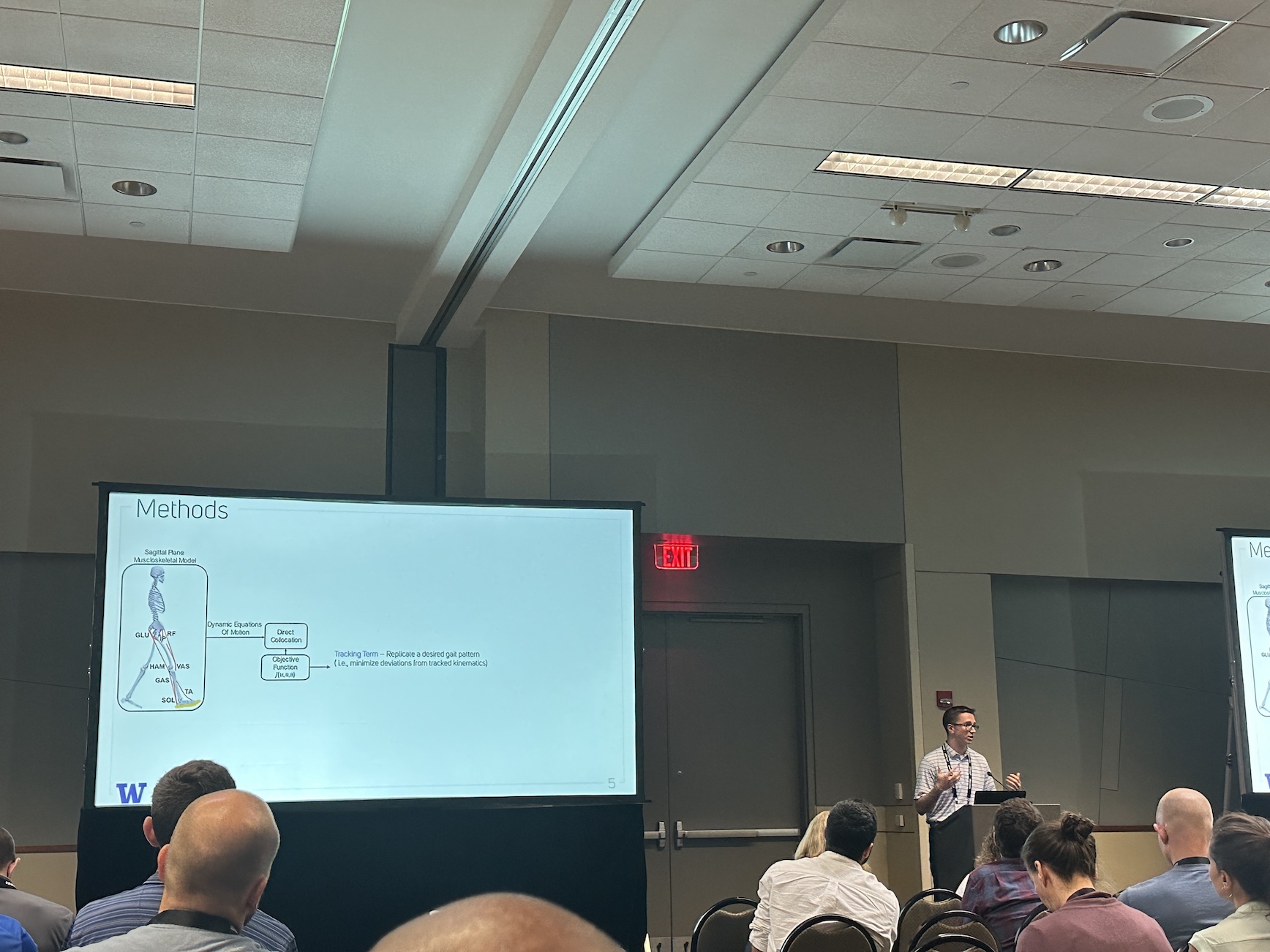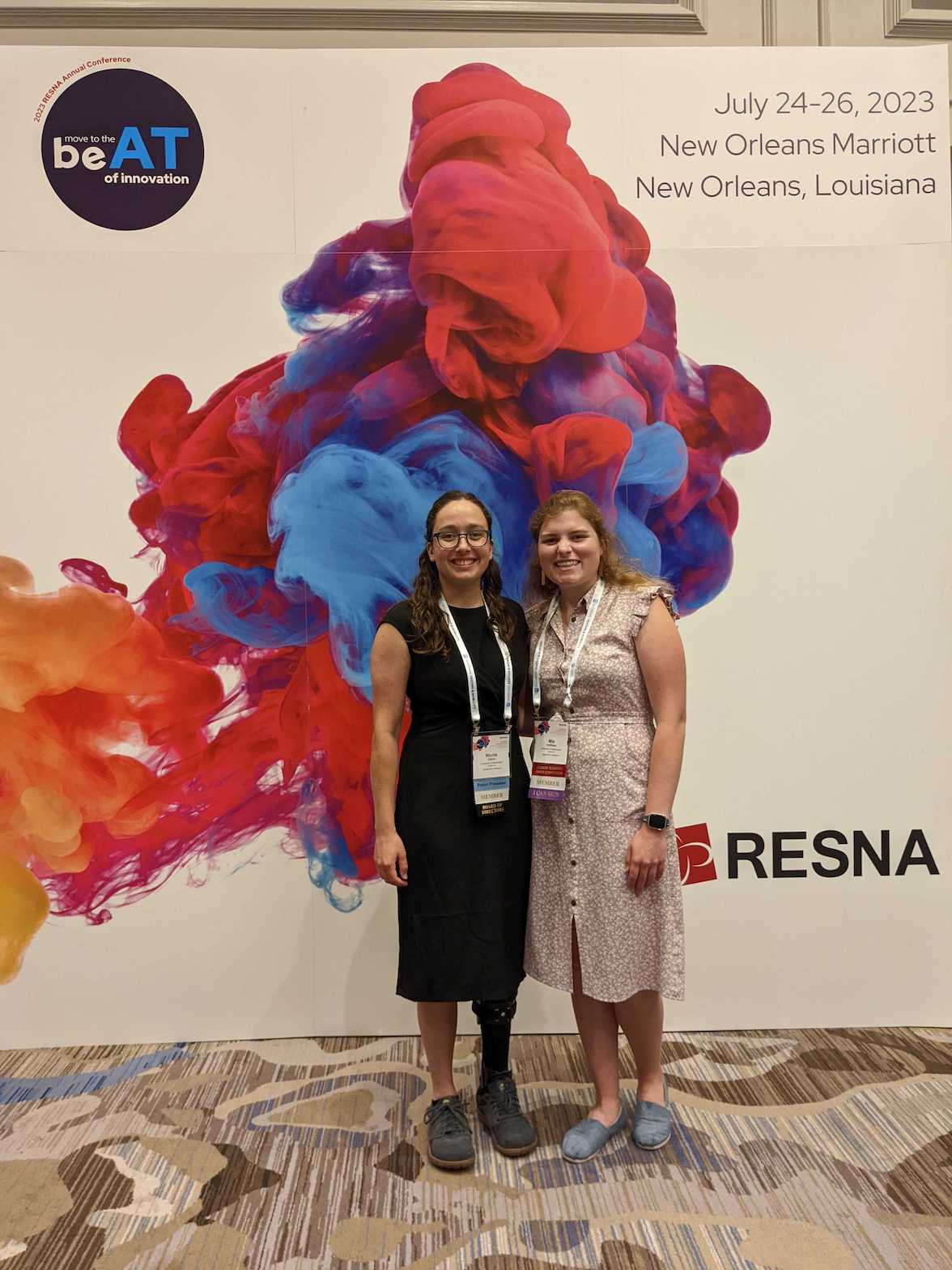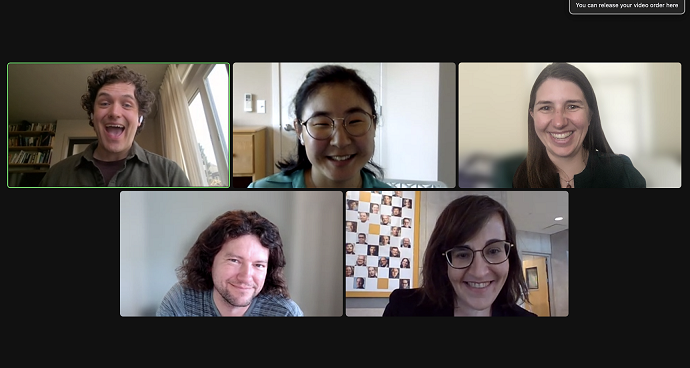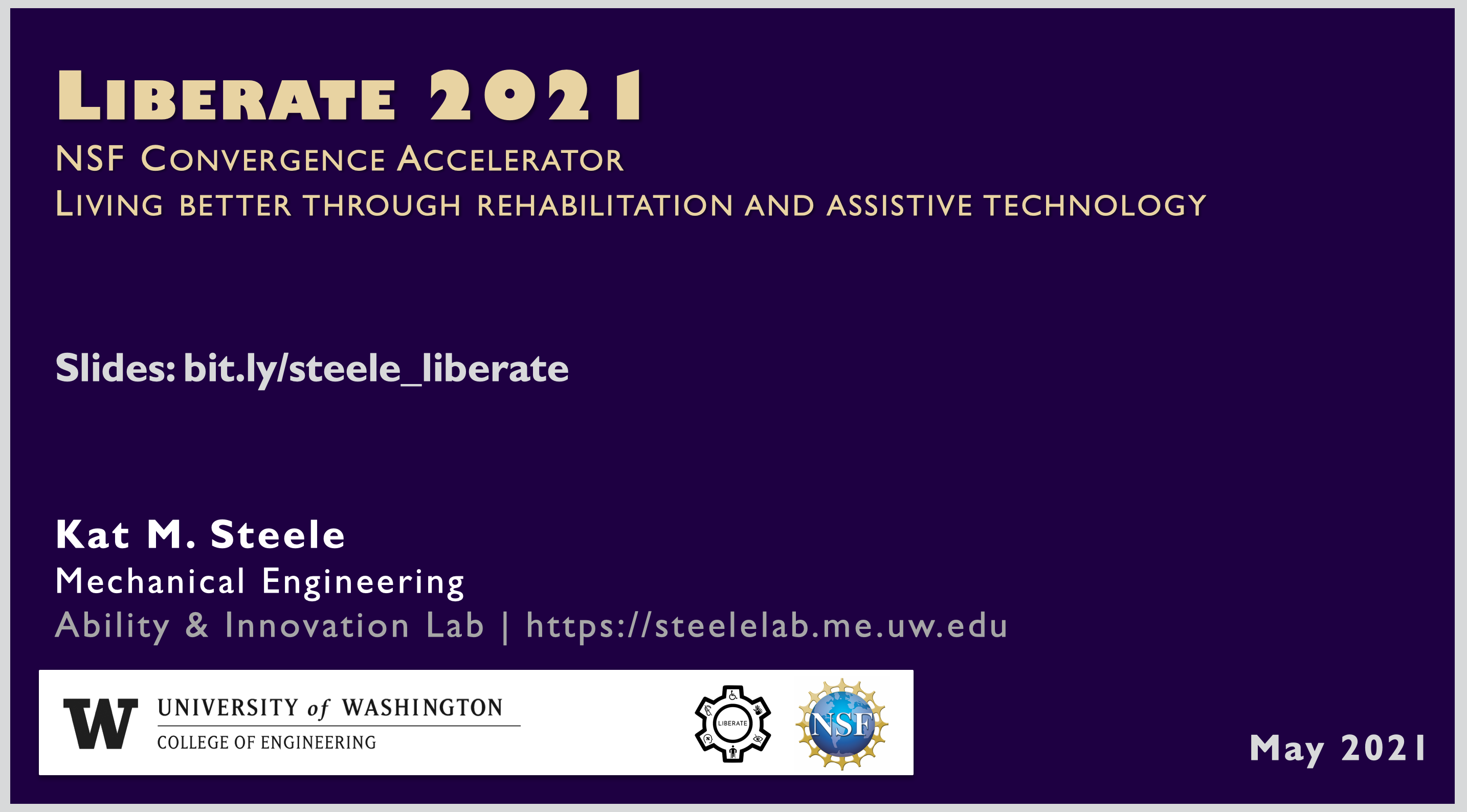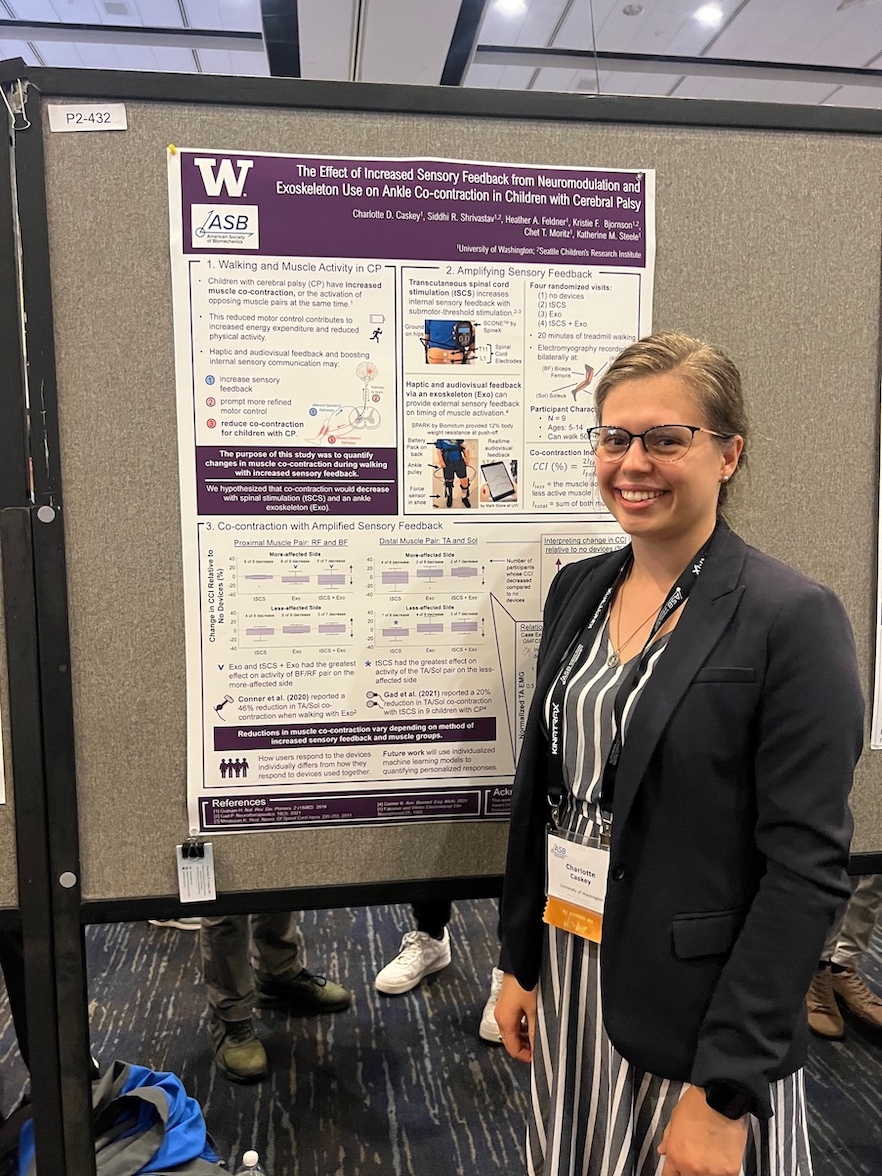 Four members of our lab – Kat, Elijah, Charlotte, & Mackenzie – attended ASB 2023 on August 8-11 in Knoxville, TN.
Four members of our lab – Kat, Elijah, Charlotte, & Mackenzie – attended ASB 2023 on August 8-11 in Knoxville, TN.
Elijah Kuska gave a podium presentation on “The effects of weakness, contracture, and altered control on walking energetics during crouch gait.”
Charlotte Caskey gave a poster presentation on “The effect of increased sensory feedback from neuromodulation and exoskeleton use on ankle co-contraction in children with cerebral palsy.”
Kat Steele co-hosted a workshop on “Writing a Successful NIH R01 Proposal.”
ASB 2024 will be hosted August 5-8, in Madison, WI.

